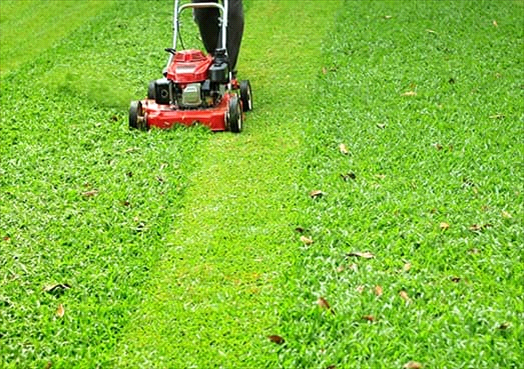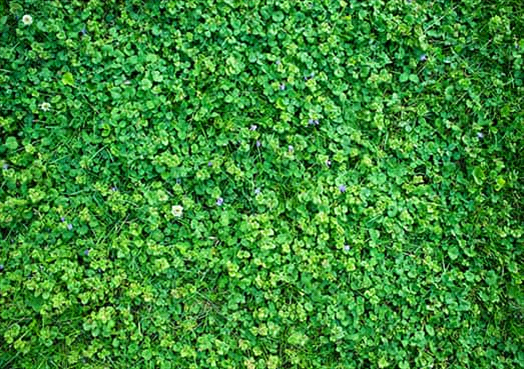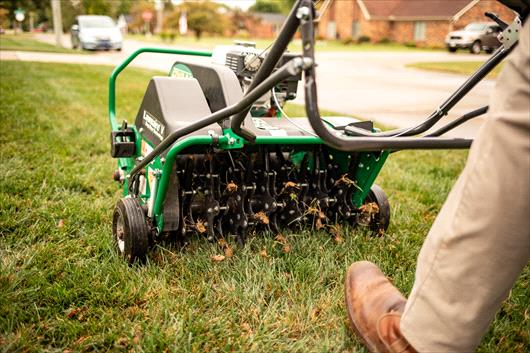Your Cart

Plugs & Implants - The Cure to Baldness
Aug 30, 2024
Do you have bald spots? Are they growing? If these bald spots are in your lawn, Weed Man has the cure.
Chances are, there are some thin or weak areas in your lawn—this is quite common in residential lawns. When you think about gardening, activities like turning over soil, pruning dead branches, and planting new plants likely come to mind. However, many people think differently about their lawn. Just like your garden, the soil under your lawn, and by extension your grass, can become stagnant for various reasons, including:
Soil Compaction:
Particularly common in clay soils, soil compaction occurs when the soil beneath your grass becomes densely packed. This limits the ability of water and nutrients to reach the roots, stunting your lawn’s growth and making it more fragile. As a perennial plant, your lawn relies on a healthy root system to remain vibrant year after year.
Heavy Thatch Layer:
Thatch is a layer of living and dead plant material that sits on the soil surface. While a small amount of thatch is normal, an excessive layer (over ¾ inch or 1.9 cm) can inhibit water and nutrients from reaching the soil and roots. This thick layer can also harbor disease spores and turf-damaging insects, leading to further issues.
Old Grass:
If you live in an older home and have never overseeded your lawn, the grass types you have are likely outdated. These older grasses are more vulnerable to environmental stresses like heat, drought, insects, and disease. Newer grass cultivars have been developed to be more resilient, with some even possessing a self-repairing ability to spread into bare areas. Additionally, many new grass types are "endophyte-enhanced," meaning they have a beneficial natural fungus that helps them resist insects and diseases—far better than older grasses.
Weeds and Weedy Grasses:
Weed seeds can survive in the soil for over 50 years, waiting for a moment of weakness in your lawn, such as heat stress, drought, or insect damage. When these weaknesses appear, weeds and undesirable grasses like crabgrass can quickly take over. While treatments are available, the most sustainable control method is to crowd out these invaders with thick, healthy grass.
To combat these challenges, it’s a great habit to introduce new grass seed to your lawn at least once per season. Despite your best efforts, lawns naturally lose grass plants over time due to various factors. By consistently overseeding with desirable grass plants, you’re keeping weeds and weed grasses at bay by crowding them out with actively growing grass.
Aeration & Overseeding are two essential services that should be performed at least once a season. Aeration loosens and revitalizes the soil by increasing the flow of air, water, and nutrients. Overseeding during aeration is ideal because the new seeds germinate in the aeration holes, allowing the new grass roots to grow deeper than the existing lawn. Eventually, these new roots will integrate with the existing grass roots, further de-compacting the soil and stimulating microbial activity. The result? A thick, lush, and vibrant lawn with very few weeds.
 French (CANADA)
French (CANADA)


